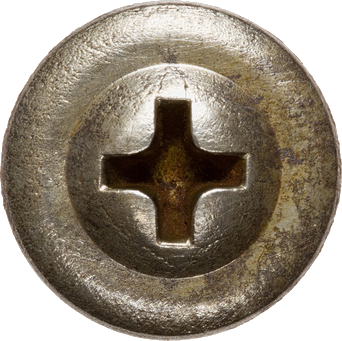This article originally appeared on La Jolla Light.
Although we are lucky enough to live in a locale with pristine weather, far from disasters such as hurricanes and tornadoes, there are still potential hazards that exist that may cause costly damage to your beautiful home. Fortunately, there are many safety precautions you can take to ensure that your family and house is as safe and as prepared as possible.
Earthquakes:
Here in Southern California, you never know if the next big one is going to hit in twenty years, or tomorrow. Although earthquakes are unpredictable and last only 10-30 seconds, they can cause severe damage. Be sure your house is earthquake-safe:
— Consider Seismic retrofitting. While it might seem costly, it will be far less expensive than the cost of repairing serious structural damage.
— Repair deep cracks in your foundation and ceiling.
— Be sure your house is anchored to the foundation.
— Identify common building problems like unbraced cripple walls, rooms over garages, and chimneys and other masonry that isn’t reinforced.
— Secure gas appliances, including water heaters and furnaces, with wall studs or floor bolts.
— Repair leaky gas lines and damaged electrical wiring.
— Install flexible fittings for gas and water lines.
— Fasten shelves, TVs and furniture to the walls.
— Hang mirrors and pictures with closed hooks and not into drywall.
— Avoid heavy objects above or near beds.
Floods:
Whether you live in a floodplain or not, floods can occur anywhere, even here in San Diego County. And as you can probably imagine, water damage can be extremely costly. Taking a few precautions however, can help save you money later.
— Know you risks. Understand the topography of your area, knowing where and under what conditions flooding may occur.
— Consider flood insurance. This is normally not included in your homeowner’s insurance, but can save you tens of thousands in case of a flood emergency.
— Elevate potentially dangerous things like your furnace, water heater, electrical panel and all other important electrical components.
— Install backflow prevention valves to keep floodwaters from backing up into your home’s drains.
— Where possible, construct barriers around your property made of concrete and earth fill.
— Stock up on building materials (plywood, plastic sheeting, saw, hammer, nails, shovels, sandbags, etc.)
— Keep important documents in a waterproof container.
Wildfires:
California leads the nation with over 2 million homes at risk for wildfires, and unfortunately, San Diego County has had its share. Be sure your home is prepared:
— Create a defensible space, or a buffer, between your home and the nature that surrounds it. This could include stone walls, a swimming pool, concrete patio, etc.
— Landscape your yard with materials and plants that will help stop the fire not fuel it.
— Use fire resistant materials on your roof and home exterior or treat your current material with fire-retardant chemicals.
— Regularly clean your roof and gutters.
— Have your chimney inspected and cleaned twice a year.
— Have building materials close by, including a rake, ax, saw, bucket and a ladder.
— Clear your yard of any flammable debris such as wood piles, lawn furniture, etc. They should be safely outside your defensible space.
— Install mesh screening around your chimney, vents, and any openings under your deck.
— Address water needs. Be sure you have a functioning hose in the front and backyard.
General Safety:
It doesn’t always take a natural disaster to cause damage to your home or valuables. There are also some basic home precautions you can take to ensure the safety of your family, belongings, and your home:
— Change the batteries in your smoke alarms at least once a year.
— Place fire extinguishers in strategic locations.
— Keep flashlights in several key places and change the batteries once a year.
— Have several emergency kits throughout the house with food, water, and first-aid kits.
— Inspect all electrical components in your house and repair any damaged wiring.
— Maintain all major appliances and have them inspected once a year.
— Educate your family. This includes CPR, first-aid, escape routes, contact numbers, and how to turn off all utilities.
It just takes a few small measures now to prevent catastrophic damage later. If you are interested in working with experienced professionals who can help
you feel confident that your house is as safe and as well-prepared as it can be, please contact us at http://MurfeyConstruction.com.

